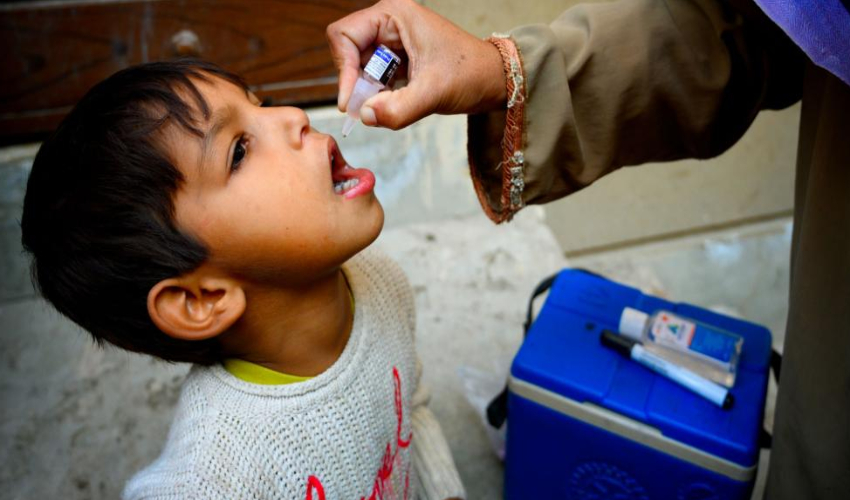A recent study has revealed that over 800 million adults worldwide are living with diabetes, nearly double the previous estimates.
The research, published in The Lancet journal, highlights the alarming rise in cases, particularly in low- and middle-income nations, where the disease has become a significant public health challenge.
According to the study, approximately 828 million adults aged 18 years and older were diagnosed with either type 1 or type 2 diabetes in 2022. Alarmingly, among those aged 30 years and above, nearly 59%—around 445 million individuals—are not receiving the necessary treatment for the condition.
The World Health Organization (WHO) had previously estimated the global prevalence of diabetes at approximately 422 million, underscoring the magnitude of this new finding.
The study, conducted by the NCD Risk Factor Collaboration in partnership with the WHO, analyzed data from more than 1,000 studies encompassing over 140 million people globally. It marks the first comprehensive global analysis of diabetes rates and treatment gaps, offering an in-depth look at the disparities in access to care.
The findings show that the global diabetes rate has doubled since 1990, from 7% to 14%, with low- and middle-income countries contributing to a significant portion of the surge.
Widening treatment gaps
While diabetes cases continue to rise, particularly in regions like sub-Saharan Africa, the treatment rates have barely kept up. In some areas, only 5-10% of those diagnosed with diabetes are receiving any form of treatment, with many facing financial barriers to accessing essential medications like insulin.
Jean Claude Mbanya, a professor at the University of Yaoundé I in Cameroon, emphasized the dire situation in sub-Saharan Africa, where the treatment gap is most severe. "A huge number are at risk of serious health complications," Mbanya said, underlining the urgent need for affordable and accessible diabetes care in these regions.
The study also highlighted a growing disparity in treatment access between low- and high-income nations. While some wealthier countries have made significant strides in improving diabetes management, the treatment gap has widened in regions where resources are limited, leaving millions without the care they desperately need.
Type 2 diabetes
Most of the diabetes cases identified in the study are type 2 diabetes, which is often linked to obesity, poor diet, and lack of physical activity. The rise in type 2 diabetes is particularly concerning as it is largely preventable through lifestyle changes, yet the global trend points to a worsening crisis fueled by unhealthy diets and sedentary lifestyles.
The study’s authors cautioned that the use of only fasting plasma glucose tests could have missed a significant number of cases, particularly in South Asia. To address this, the researchers combined both fasting plasma glucose and glycated hemoglobin tests to provide a more comprehensive estimate of the global diabetes burden.
With millions of individuals living with untreated diabetes, the study underscores the need for urgent action on a global scale. The rising prevalence of diabetes, combined with inadequate treatment access in many regions, poses a significant risk to global health, potentially leading to increased mortality rates and a heavier burden on healthcare systems worldwide.
The study advocates for improved healthcare infrastructure, better access to affordable medication, and targeted public health campaigns to prevent and manage diabetes, particularly in the countries most affected by the disease.
As the world grapples with the growing diabetes crisis, experts warn that without immediate intervention, the situation will continue to deteriorate, disproportionately impacting vulnerable populations in low- and middle-income countries.



























